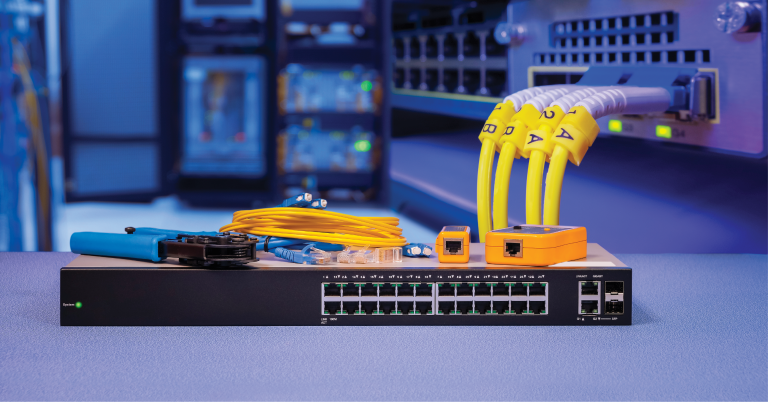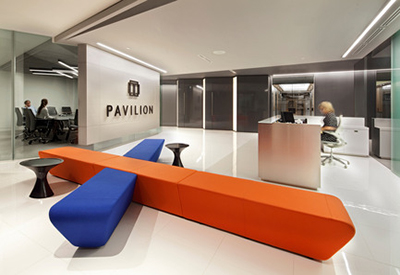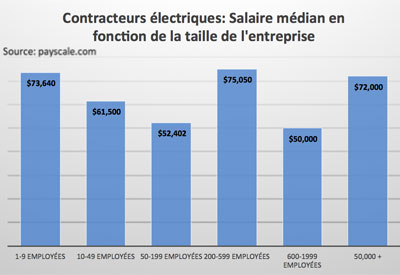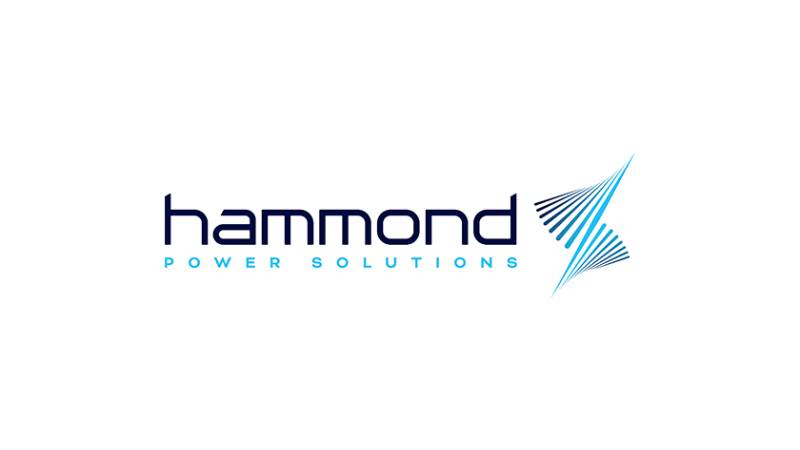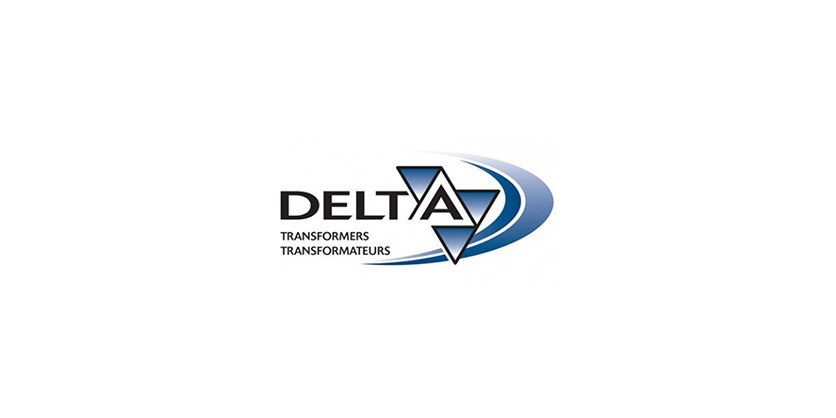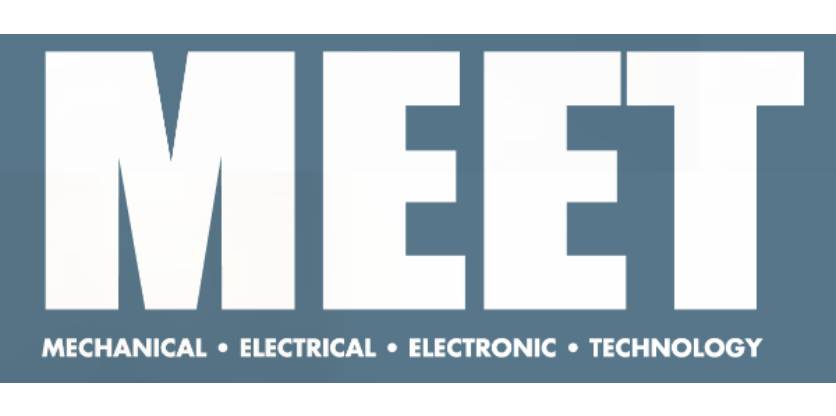Le Code et la sécurité publique par les normes sur les produits électriques
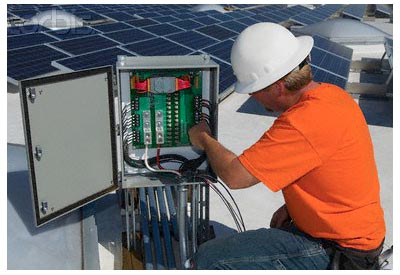
Pierre McDonald
Quand il est question de produits électriques et de la sécurité publique nous devrions d’abord commencer par les normes sur les produits. Les normes sur les produits électriques créées à la suite de consensus atteints sur la base des processus mis en place par les Conseil des normes du Canada est la fondation même de la sécurité du public. L’édition 2015 du Code est la première version du code à introduire des normes qui ne sont pas des normes CSA dans l’Annexe A du Code. Ces normes existent depuis de nombreuses années, certaines depuis des décennies, l’attention portée à ces normes peut maintenant être établie dans cette édition et les utilisateurs de ces produits peuvent voir que des normes pour assurer la sécurité du public existent.
When it comes to electrical products and public safety we should first start with product standards. Electrical product standards created through the consensus based process as set out by the Standards Council of Canada is the foundation for Public Safety. The 2015 Edition Canadian Electrical Code (CE Code) is the first edition to introduce non-CSA Standards within the Appendix “A” of the Code. While these standards have existed for several years and some even decades, awareness of these standards can now be quantified through this publication and users can now see that actual standards do exist to ensure public safety is served in the use of those products covered by these standards.
Below is a list of ULC Standards included in the 2015 CE Code. For me the ones that jump out are the ones associated with Fire Alarm Systems. In my mind these are the systems that are synonymous with public safety. While I’m not discounting all other product standards, I just think that everyone can visualize the benefit and contribution to Public Safety that these standards bring without having to give it any real thought.
• CAN/ULC-S304-06 Signal Receiving Centre and Premise Burglar Alarm Control Units
• ULC-S306-03 Intrusion Detection Units
• ULC-S318-96 Power Supplies for Burglar Alarm Systems
• CAN/ULC-S319-05 Electronic Access Control Systems
• CAN/ULC-S524-14 Standard for Installation of Fire Alarm Systems
• CAN/ULC-S525-07 Audible Signal Devices for Fire Alarm Systems, Including Accessories
• CAN/ULC-S526-07 Visible Signal Devices for Fire Alarm Systems, Including Accessories
• CAN/ULC-S527-11 (Amd. 1-14) Control Units for Fire Alarm Systems
• CAN/ULC-S528-05 Manual Stations for Fire Alarm Systems, Including Accessories Systems
• ULC-S529-09 Smoke Detectors for Fire Alarm Systems
• CAN/ULC-S530-M91 (R1999) Standard for Heat Actuated Fire Detectors for Fire Alarm Systems
• CAN/ULC-S531-14 Standard for Smoke Alarms
• CAN/ULC-S533-08 Egress Door Securing and Releasing Devices
• CAN/ULC-S541-07 Speakers for Fire Alarm Systems, Including Accessories
• ULC-S545-02 Standard for Residential Fire Warning Alarm Systems Control Units
• CAN/ULC-S559-13 Standard for Equipment for Signal Receiving Centres & Systems
• ULC-S571 (ULC/ORD-C386-90) Flame Detectors for Fire Alarm Systems
• ULC-S645-93 Standard for Power Roof Ventilators for Commercial and Institutional Kitchen Exhaust Systems
• CAN/ULC-S646-10 Standard for Exhaust Hoods and Related Controls for Commercial and Institutional Kitchens
• CAN/ULC-S2577-13 Standard for Suspended Ceiling Grid Low Voltage Systems and Equipment
• CAN/ULC-S8752-12-AM1 Standard for Organic Light Emitting Diode (OLED) Panels
• CAN/ULC-S8753-13 Standard for Field- Replaceable Light Emitting Diode (LED) Light Engines
• CAN/ULC-S8754-13 Standard for Holders, Bases and Connectors for Solid-State (LED) Light Engines and Arrays
As technology advances within the scope of each and every standard, so must the standards themselves to continuously adjust the bar higher. One of the latest standards to be updated is the CAN/ULC-S531-14, Standard for Smoke Alarms.
The changes to this standard allow Smoke Alarms to conform to changes in technology, end user needs and continued alignment with upcoming changes to the National Codes. An example of this will be with the requirements for CO detection devices. With CAN/ULC-S531-14, manufacturers will be able to provide Smoke Alarms that will include CO detection and other multi-criteria devices and be a safe, reliable product that is in conformity with all applicable Standards.
The Scope of CAN/ULC-S531 has been enhanced to specifically define and differentiate on Single & Multiple Station Smoke alarms and provides clarity on what devices are not covered by the Standard (Part 1).Multi-Criteria Smoke alarms now have specific requirements in such areas as:
• Performance of Single Sensor Components (Sentence 33.2)
• Requirements specific to the gas sensor (Sentence 40.8)
• Electrical Supervision testing (Sentence 37.9)
• Effects from shipping storage (Sentence 55.3)
• Sensitivity & Velocity-sensitivity Tests (Sentences 38.8, 40.2)
• In-Service Reliability for Multi-Criteria Smokes (Part 86)
Further changes/updates or enhancements to the CAN/ULC-S531 Standard are:
In Testing:
• Clarification of the Smouldering smoke test – previously titled Smoke Fire test(Sentence 7.9.2)
• Enhanced test methodology and acceptance criteria through the addition of these in the Annexes (from 3 in 2002 edition to 6 in 2014). This will provide manufacturers with more detailed acceptance methods and criteria to ensure a more consistent product testing to ensure a more reliable smoke alarm
• Significant Transient testing changes. The testing has been combined together and provides for better protection from surges with Input/Output Transient Testing and helps to ensure there are no Supply Line adverse effects to the devices. This will provide a safer and more reliable product that doesn’t fail/or contribute to fire conditions. (Part 59)
• Addition for manufacturers of using an optional Alternate 21 day Corrosion Test (Sentence 58)
For new Sensor or Device technologies:
• Automatic Drift Compensation For Smoke Sensing – New to this edition and includes compensation parameters and requirements, alerting methods andsensitivity requirements (Part 5 )
• Enhanced requirements for Optional Smoke Sensitivity indications. This includes expanded functionality, safety requirements and user experience (Part 8)
• Provisions for alarm to indicate end of life with specific signalling requirements(Sentence 37.8)
• Includes reliability prediction requirements for compliance of Wireless Alarms (Part 4)
Overall Updates
• Provides for clarification of clean-ability requirements which includes expanded Servicing and Maintenance Protection and requirements for Field Cleaning (Part 9)
It’s the above changes, made by some very dedicated Committee members, that continuously makes our working and living environments safer. This CAN/ULC-S531 standard is only one of the many pieces required for the “Public Safety“ puzzle,it is plain to see that safety is served by all those involved with Standards work.
Read More from Pierre McDonald:
– Législation provinciale et exigences administratives du Code électrique
– Section 62 : Appareillage fixe de chauffage électrique
– Maintenant disponible: La norme ULC sur la sécurité en matière d’électricité sur les lieux de travail des services publics d’électricité
– Maintenant disponible: La norme ULC sur la sécurité en matière d’électricité sur les lieux de travail des services publics d’électricité: Parte 2
– UL Code Link
– Système de notification de masse et accessoires
– Établir le moment où les nouveaux documents du Code s’appliquent
– Des changements aux sections 20, 32 et 46 du Code national de l’électricité qui sera adopté sous peu
– Classification des emplacements dangereux, ainsi que des gaz et vapeurs inflammables





